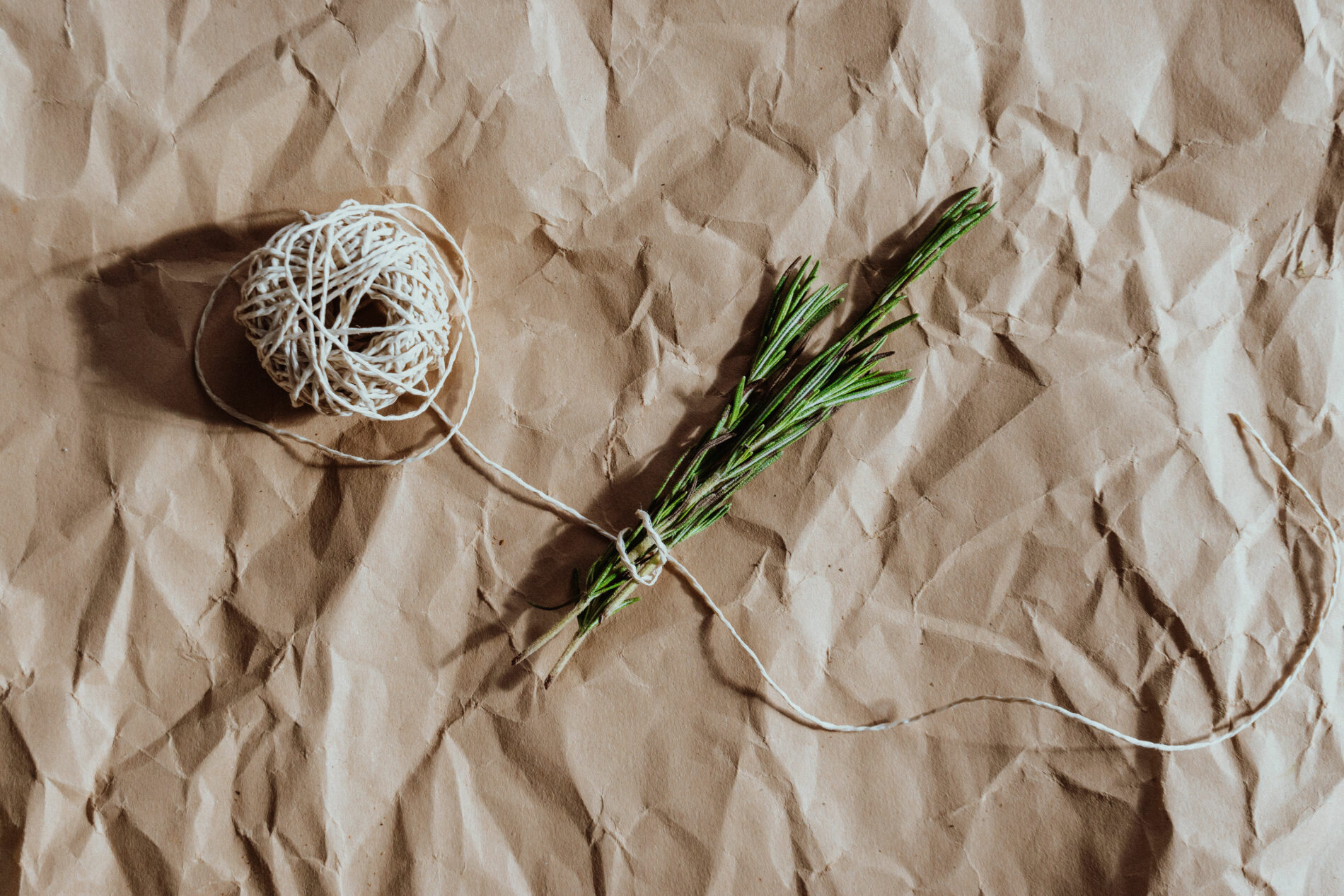Rosemary is one of those plants whose name sounds very musical in Latin: Salvia rosmarinus. But not only does it sound nice, its meaning is also charming. Ros marinus means “dew of the sea”. As botanists consider, rosemary, indeed, grows better by the sea (by the way, it’s native to the Mediterranean region). We also like to think that the name is connected to the fact that rosemary blooms with pink, purple, blue, or white flowers. And they are as tasty as the leaves, and there is some sweetness to them too, which makes them a great companion to dairy products, for instance.
Buttery rosemary
Imagine beautiful compound butter with purple rosemary flowers on your morning scones, crepes, porridge, or omelette. The best thing about this recipe is that you only need one pack of softened butter and a handful of flowers mixed together. Put in a plastic wrap, folded and rolled into a log. Or leave the plastic behind, put your floral butter in a small glass pot, or any container you deemed appropriate, and store in a fridge until your steak or fried chicken needs a powerful and flavourful boost.
Another easy and curious recipe with the splendid flowers is rosemary-flavoured salt. Again, you’ll need only two ingredients here: a handful of flowers and two cups of salt. Put everything in a food processor and pulse several times until the flowers are finely minced. Use it immediately with everything roasted, baked, or fried! It goes especially well with roasted chicken and chocolate mousse.
Roasted needles
As for the main part of the ros marinus, its leaves that look like needles, have always been one of the main spices in Mediterranean cooking. Fresh or dried, a little bit bitter, spicy, astringent, warm, herbal and floral, rosemary appears in a myriad of recipes. It’s often paired with meats, cheeses, and baked goods. You definitely know a trick or two with rosemary. We suggest you try to roast some veggies with this herb. It’s an excellent way to accentuate their natural sweetness.
Take some bell peppers, zucchinis, potatoes, carrots, parsnips, onions, fennels, and whatnot. Chop them uniformly the way you like, drizzle with some flavorful oil and toss a couple of twigs of fresh rosemary. Roast everything for 40 minutes in a 200˚C / 400˚F oven until everything is golden and soft on the inside. However, do not cover your veggies with dried rosemary — it will burn during cooking and may spoil the delightful flavour and bring out bitter and acrid notes.











What do you think?